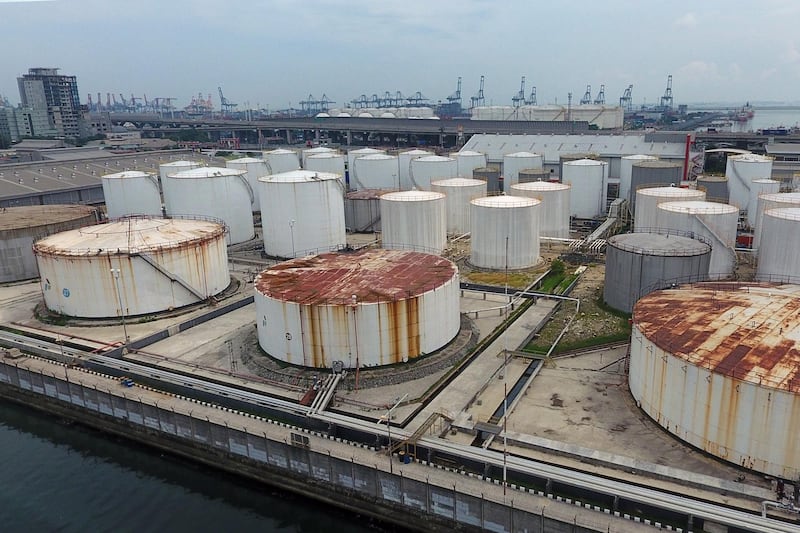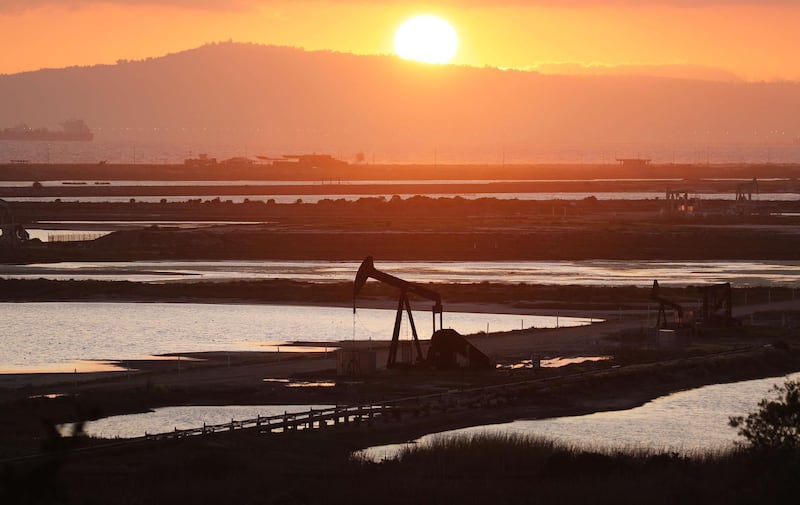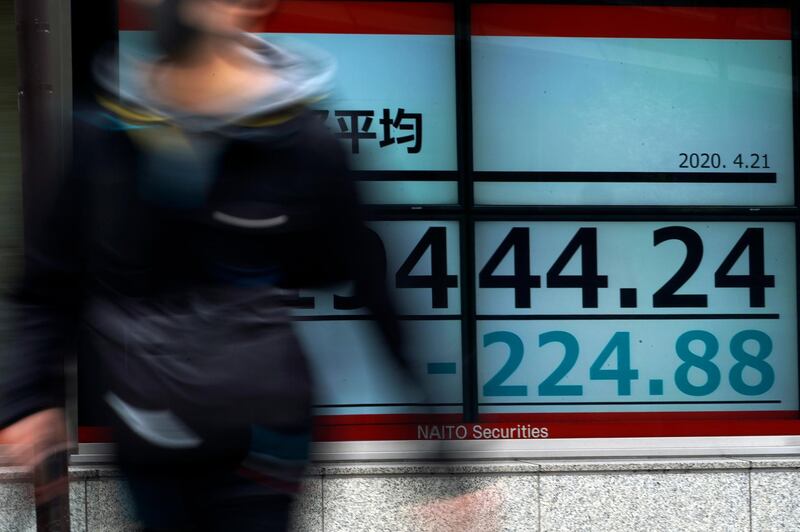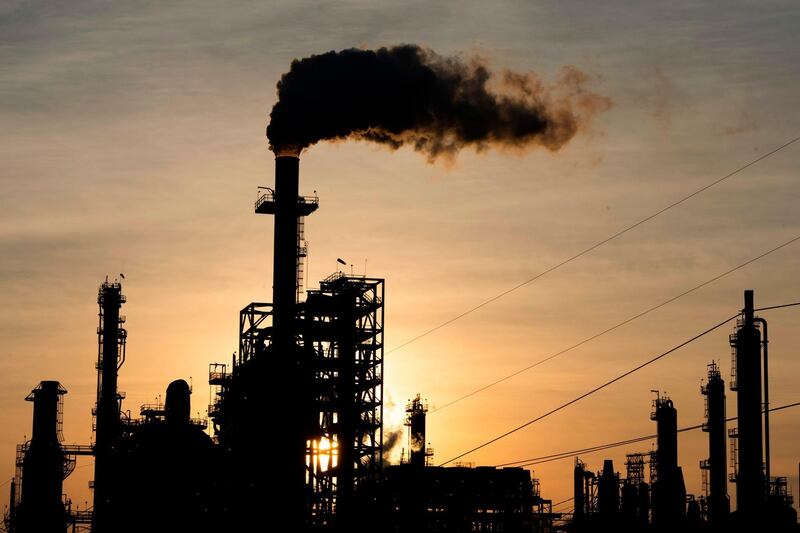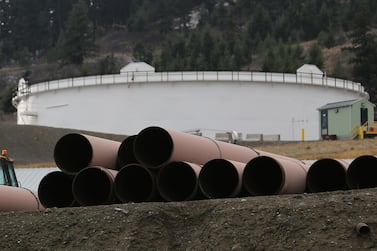Brent, the international oil benchmark, has fallen nearly 70 per cent from the beginning of the year as the coronavirus pandemic continues to hammer demand. Its North American counterpart, the West Texas Intermediate, has for the first time in history slipped into negative territory, an unprecedented marker for the US oil industry.
Many factors led to the tipping point seen as the May contract for WTI expired, settling at a record low of minus $37.61. The coronavirus pandemic caused a record crunch in demand as China, the world’s largest importer of crude, went into lockdown for two months to contain the outbreak.
India, another key importer, is following suit as it keeps 1.3 billion people under curfew. Opec’s failure to reach an agreement in early March with allies on output cuts and an anticipated flood of additional barrels into the market did not help the situation, either.
Oil worth less than nothing
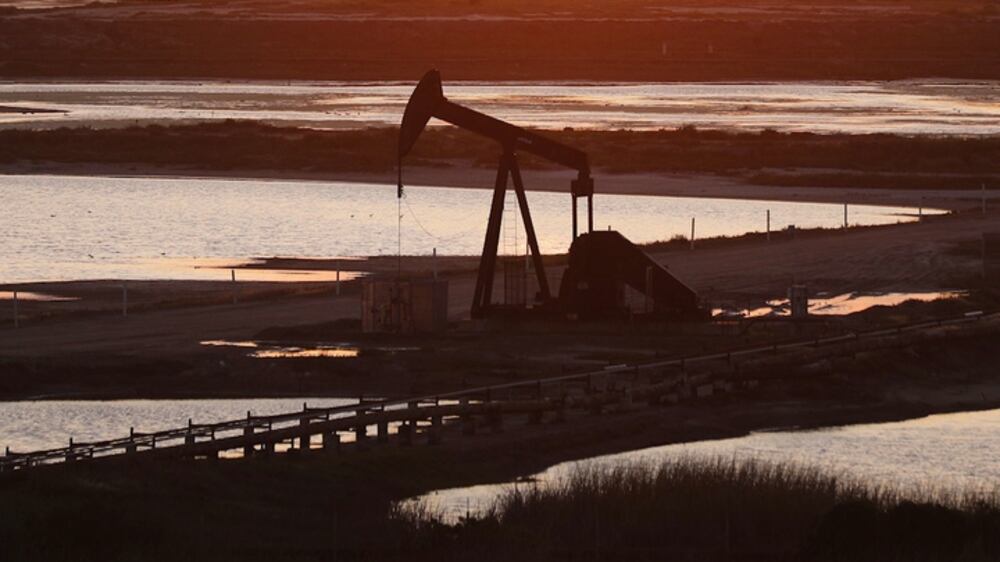
A historic pact with the G20 to draw back 20 million barrels per day failed to resuscitate markets. Negative pricing, which The National cited as a possibility on April 1, has very much become a reality.
We take a look at what exactly the term means.
What are negative oil prices?
Negative prices occur when benchmarks for commodities plunge below zero and trade in the negative. In such a situation, producers are expected to pay potential buyers to take their output as they run out of storage space. While negative prices for oil were seen for specific crude grades in the US, it has for the first time had an impact on a major global crude commodity benchmark.
Has it happened before?
Negative interest rates have become a common feature in the eurozone, where lenders pay interest to borrowers rather than charging them. Crude, a highly volatile commodity, has not traditionally been associated with negative pricing, but there have been exceptions in the past, with a rising trend for certain crude grades to fetch prices in the single digits or even lower. During the three-year oil price slump that began in 2014, a sour crude grade from North Dakota was priced briefly at 50 cents per barrel before recovering to $1.50.
Prices for specific, largely sulphurous, grades of US crude that are difficult to refine were already trending in the single digits. Prices for Wyoming Asphalt Sour, a crude grade used in bitumen on roads, were trading at negative 19 cents per barrel by mid-March, signalling wider gloom for the market.
Other precedents
Gas prices in the US have been in the negative in recent months, as infrastructure development such as pipeline capacity has been unable to catch up with the surge in output. The US shale boom has propelled the country to become the world’s top producer in both oil and gas. But with insufficient capacity, in a patch of Texas prices fell below zero to negative $4 last summer. Forward pricing for Permian gas lapsed into negative territory earlier this year as infrastructure to transport the gas remained inadequate. In January, an April contract was assessed at negative 2 cents per million British Thermal Units, said S&P Platts, with the outlook for May expected to be even lower.
Why would crude suffer similar consequences?
There is no shortage for supply amid an additional influx of nearly 4 million barrels per day of crude coming to the market in April. Saudi Arabia and the UAE have pledged to bring 12.3m bpd and 4m bpd of crude, respectively, to the market. With a surge in supply amid a record fall in demand of nearly 22m bpd in April, according to Trafigura data, producers will struggle to find storage.
Saudi Arabia has moved fast to park crude in Egypt to supply markets in Europe but North American shale players are likely to struggle as there’s insufficient built capacity and the WTI, unlike Brent, involves physical delivery of crude. The capacity for storage could run out by mid-May, according to analysts. A persisting supply glut amid depleting storage capacity could turn the negative price scenario into a recurring reality for the benchmark.
This article was updated since its publication on April 1, 2020
